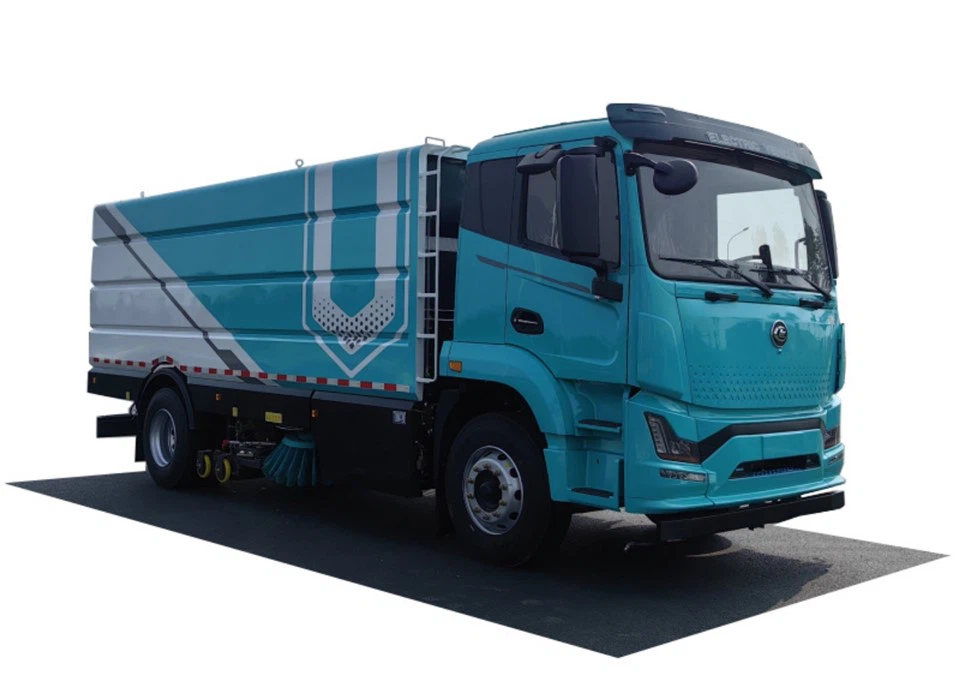Fire trucks are essential lifesaving vehicles designed to combat fires and ensure public safety. One of their critical functions is spraying water to extinguish flames. In this article, we will explore the various aspects of fire trucks spraying water, including their mechanisms, types of equipment, techniques, and benefits. We will also provide practical tips for handling fire emergencies and address some frequently asked questions.
The History of Fire Apparatus
Early Firefighting Techniques
The concept of organized firefighting dates back to ancient civilizations. Early methods included using buckets, hand pumps, and primitive water delivery systems. The evolution of fire apparatus has immensely improved firefighting capabilities.
The Advent of Motorized Fire Trucks
The invention of the automobile revolutionized firefighting. By the early 20th century, motorized fire trucks equipped with pumps and hoses became standard, allowing faster response times and more effective fire suppression.
How Fire Trucks Spray Water
The Mechanism Behind Water Spraying
The primary mechanism of a fire truck spraying water involves a powerful pump system. Here’s how it typically works:
- Water Supply: Fire trucks often source water from hydrants, tanks, or nearby bodies of water.
- Pump Operation: The engine-powered pump draws water, pressurizes it, and sends it through hoses.
- Delivery: The high-pressure hoses lead to nozzles, where the water is sprayed effectively to combat the fire.
Critical Components of Water Spraying System
| Component | Function |
|---|---|
| Water Tank | Holds a supply of water for immediate use. |
| Pump | Pressurizes the water for effective spraying. |
| Hoses | Conduct water from the pump to the nozzle. |
| Nozzles | Control the spray pattern and distance. |
Types of Fire Trucks Designed for Water Spraying
Engine Companies
Engine companies are the most common type of fire truck, equipped with water tanks and pumps. They focus on suppressing fires using water spray and hoses.
Water Tenders
Water tenders transport large amounts of water to the firefighting scene, particularly in rural areas where hydrants may be scarce.
Aerial Apparatus
Aerial fire trucks often have ladders and platforms that can spray water from above. They are crucial for accessing high-rise fires.
Techniques for Effective Water Spraying
Choosing the Right Nozzle
Different types of nozzles have specific functions, such as:
- Fog Nozzles: Create a fine mist that cools and suffocates fire.
- Stream Nozzles: Deliver a powerful jet of water to penetrate fire effectively.
Understanding Spray Patterns
Spray patterns are essential for optimizing water usage and minimizing collateral damage. Key patterns include:
- Solid Stream: Best for deep penetration.
- Fog Pattern: Excellent for dispersing heat.
Hose Management Techniques
Proper hose management ensures an efficient water flow. Key tips include:
- Coiling hoses properly after use to prevent damage.
- Using hose rollers or guides to avoid kinks during deployment.
The Importance of Fire Hydrants
Functionality of Fire Hydrants
Fire hydrants are vital for providing an immediate water source. Their locations and accessibility can significantly impact firefighting effectiveness.
Hydrant Maintenance
Regular maintenance of fire hydrants includes:
- Ensuring they are free from obstructions.
- Checking for proper functionality and pressure.
Preventive Measures to Minimize Fire Risks
Common Fire Hazards
Identifying common fire hazards can help reduce the risk of fires:
- Overloaded electrical outlets.
- Unattended cooking and flammable materials.
Fire Safety Tips for Homeowners
Homeowners should implement the following safety tips:
- Install smoke detectors and regularly check their functionality.
- Create and practice a fire escape plan with family members.
The Role of Firefighters in Water Spraying
Training and Skills Required
Firefighters undergo rigorous training in using firefighting equipment, understanding hydrant placements, and efficient spraying techniques.
Teamwork During Firefighting Operations
Successful firefighting relies on teamwork. Coordinating water spraying with other tactics like ventilation is critical for effective fire suppression.
Innovations in Firefighting Technology
Modern Firefighting Equipment
As technology advances, firefighting equipment continues to evolve, including:
- Smart firefighting drones that can assess fire locations.
- Advanced thermal imaging cameras that help firefighters locate hot spots.
Future Trends in Firefighting
Future trends may include:
- More efficient fire suppression foam blends.
- Increased focus on environmentally friendly firefighting agents.
Frequently Asked Questions (FAQs)
1. How do fire trucks refill their water tanks?
Fire trucks can refill their water tanks from hydrants, water tenders, or natural water sources like lakes and rivers by using suction hoses.
2. How much water do fire trucks carry?
Most fire trucks carry between 500 to 1,500 gallons of water, depending on the type and design of the unit.
3. What type of water is used for firefighting?
Typically, firefighters use potable water for firefighting operations, although in some situations, non-potable water can be used when needed.
4. How do firefighters decide how to spray water on a fire?
Firefighters assess the fire size, location, and type before selecting the appropriate nozzle, spray pattern, and technique to utilize the water most effectively.
5. What should I do if I see a fire truck spraying water?
If you see a fire truck spraying water, stay a safe distance away unless you are a part of the emergency response team. Follow any instructions from firefighters on the scene.
6. Can fire trucks spray foam instead of water?
Yes, specialized fire trucks equipped with foam systems can spray foam to extinguish certain types of fires, especially those involving flammable liquids.





